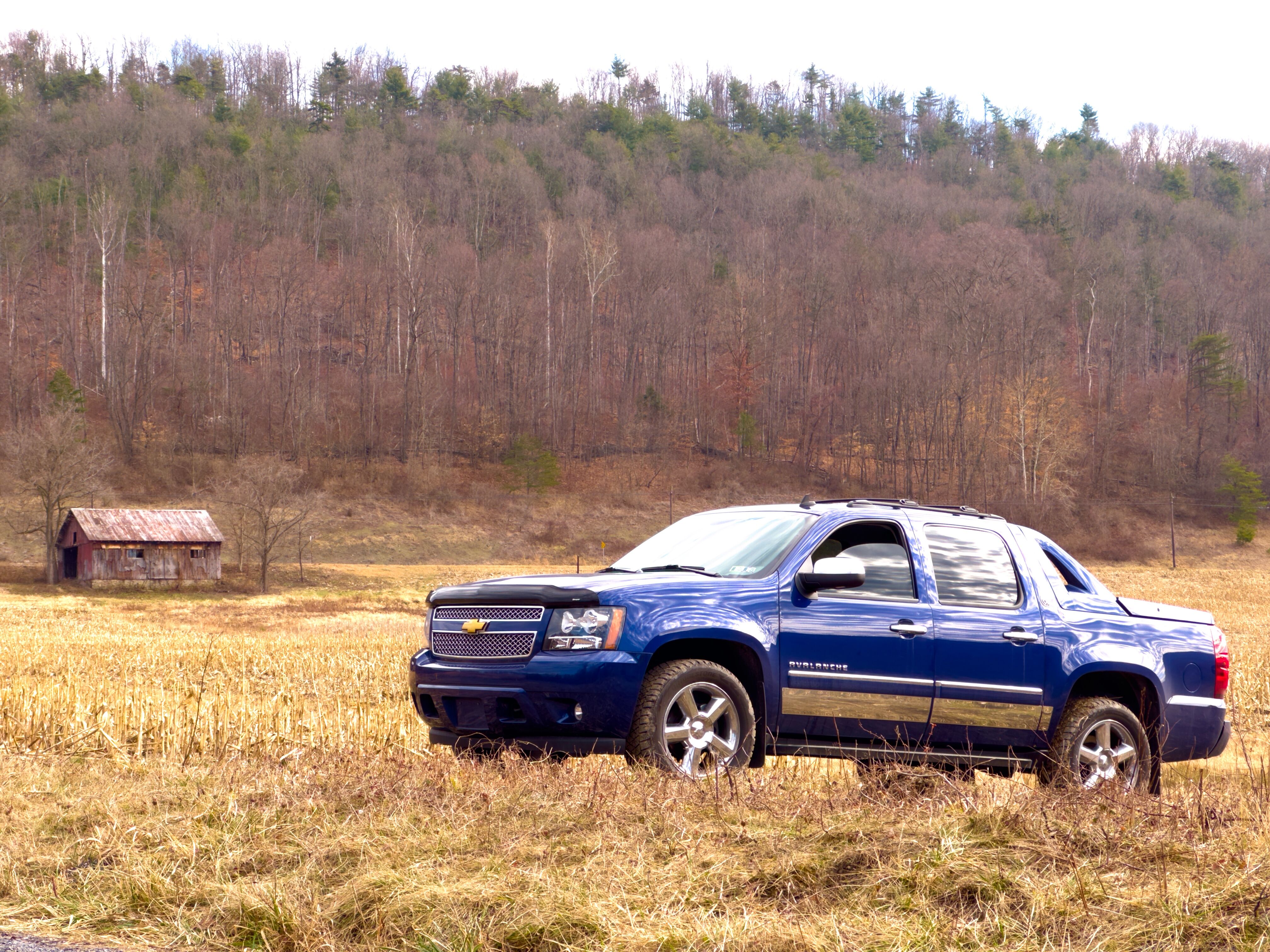-
Posts
55,980 -
Joined
-
Last visited
-
Days Won
544
Content Type
Forums
Articles
Garage
Gallery
Events
Store
Collections
Everything posted by Drew Dowdell
-
From the album: 2022 Mercedes-Benz GLC 300
-
- glc
- mercedes benz
-
(and 1 more)
Tagged with:
-
From the album: 2022 Mercedes-Benz GLC 300
-
- glc
- mercedes benz
-
(and 1 more)
Tagged with:
-
From the album: 2022 Mercedes-Benz GLC 300
-
- glc
- mercedes benz
-
(and 1 more)
Tagged with:
-
From the album: 2022 Mercedes-Benz GLC 300
-
- glc
- mercedes benz
-
(and 1 more)
Tagged with:
-
From the album: 2022 Mercedes-Benz GLC 300
-
- glc
- mercedes benz
-
(and 1 more)
Tagged with:
-
From the album: 2022 Mercedes-Benz GLC 300
-
- glc
- mercedes benz
-
(and 1 more)
Tagged with:
-
From the album: 2022 Mercedes-Benz GLC 300
-
- glc
- mercedes benz
-
(and 1 more)
Tagged with:
-
From the album: 2022 Mercedes-Benz GLC 300
-
- glc
- mercedes benz
-
(and 1 more)
Tagged with:
-
From the album: 2022 Mercedes-Benz GLC 300
-
- glc
- mercedes benz
-
(and 1 more)
Tagged with:
-
From the album: 2022 Mercedes-Benz GLC 300
-
- glc
- mercedes benz
-
(and 1 more)
Tagged with:
-
From the album: 2022 Mercedes-Benz GLC 300
-
- glc
- mercedes benz
-
(and 1 more)
Tagged with:
-
From the album: 2022 Mercedes-Benz GLC 300
-
- glc
- mercedes benz
-
(and 1 more)
Tagged with:
-
From the album: 2022 Mercedes-Benz GLC 300
-
- glc
- mercedes benz
-
(and 1 more)
Tagged with:
-
From the album: 2022 Mercedes-Benz GLC 300
-
- glc
- mercedes benz
-
(and 1 more)
Tagged with:
-
From the album: 2022 Mercedes-Benz GLC 300
-
- glc
- mercedes benz
-
(and 1 more)
Tagged with:
-
From the album: 2022 Mercedes-Benz GLC 300
-
- glc
- mercedes benz
-
(and 1 more)
Tagged with:
-
From the album: 2022 Mercedes-Benz GLC 300
-
- glc
- mercedes benz
-
(and 1 more)
Tagged with:
-
From the album: 2022 Mercedes-Benz GLC 300
-
- glc
- mercedes benz
-
(and 1 more)
Tagged with:
-
From the album: 2022 Mercedes-Benz GLC 300
-
- glc
- mercedes benz
-
(and 1 more)
Tagged with:
-
From the album: 2022 Mercedes-Benz GLC 300
-
- glc
- mercedes benz
-
(and 1 more)
Tagged with:
-
From the album: 2022 Mercedes-Benz GLC 300
-
- glc
- mercedes benz
-
(and 1 more)
Tagged with:
-
From the album: 2022 Mercedes-Benz GLC 300
-
- glc
- mercedes benz
-
(and 1 more)
Tagged with:
-
From the album: 2022 Mercedes-Benz GLC 300
-
- glc
- mercedes benz
-
(and 1 more)
Tagged with:
-
From the album: 2022 Mercedes-Benz GLC 300
-
- glc
- mercedes benz
-
(and 1 more)
Tagged with:
-
From the album: 2022 Mercedes-Benz GLC 300
-
- glc
- mercedes benz
-
(and 1 more)
Tagged with:



























